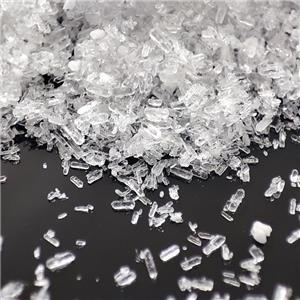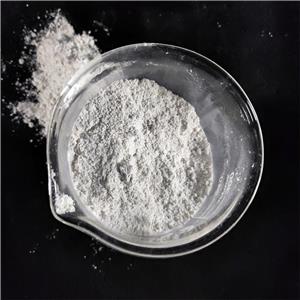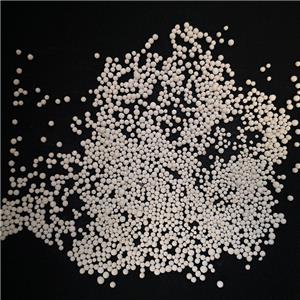Is magnesium oxide a fertilizer?
Magnesium oxide (MgO) is a valuable magnesium (Mg) fertilizer used in agriculture to correct magnesium deficiencies in crops. While not as immediately soluble as some alternatives, it offers long-term benefits, particularly in certain soil conditions. Below is an expanded discussion on its role, benefits, limitations, and best practices for use.
1. Why Do Plants Need Magnesium?
Magnesium is a central component of chlorophyll, the pigment responsible for photosynthesis. MGO Powder Feed Fertilizer Grade also:
MGO Powder Feed Fertilizer Grade Activates enzymes involved in energy transfer and nutrient metabolism.
MGO Powder Feed Fertilizer Grade Aids in phosphorus transport within the plant.
MGO Powder Feed Fertilizer Grade Improves fruit quality, sugar accumulation, and overall yield.
Deficiency symptoms include:
Interveinal chlorosis (yellowing between leaf veins, starting in older leaves).
Stunted growth and poor fruit development.
Leaf curling or necrosis in severe cases.
2. Magnesium Oxide as a Fertilizer: Properties & Benefits
Chemical Characteristics
Formula: MgO
Solubility: Low in water (slow-release)
pH Effect: Slightly alkaline (can help neutralize acidic soils when used with lime)
Key Benefits of MGO Powder Feed Fertilizer Grade:
√ Cost-effective compared to highly soluble alternatives.
√ Long-lasting Mg supply, reducing the need for frequent applications.
√ Light Magnesium Oxide Helps adjust soil pH when combined with lime (especially dolomitic lime).
√ Light Magnesium Oxide Suitable for bulk application in large-scale farming.
3. When & How to Use Magnesium Oxide
Best Soil Conditions for Light Magnesium Oxide
Acidic to neutral soils (pH <7) – Light Magnesium Oxide breaks down more efficiently in slightly acidic conditions.
Sandy or leached soils (where Mg is easily lost).
Soils with high potassium (K) or calcium (Ca), which can induce Mg deficiency.
Application Methods
Broadcasting (Field Crops)
Apply 200-500 kg/ha (varies based on soil test recommendations).
Mix into the topsoil before planting.
Blending with Lime (Dolomitic Lime Alternative)
If soil also needs calcium, use a MgO + CaCO₃ blend.
Hydroponics & Controlled-Release Fertilizers
Used in small, controlled doses due to low solubility.
4. Scientific & Practical Considerations
Soil testing is critical before application (ideal Mg range: 50-120 ppm).
Excessive Light Magnesium Oxide can interfere with potassium (K) and calcium (Ca) uptake.
Organic alternatives (compost, manure) also supply Mg but in lower concentrations.




